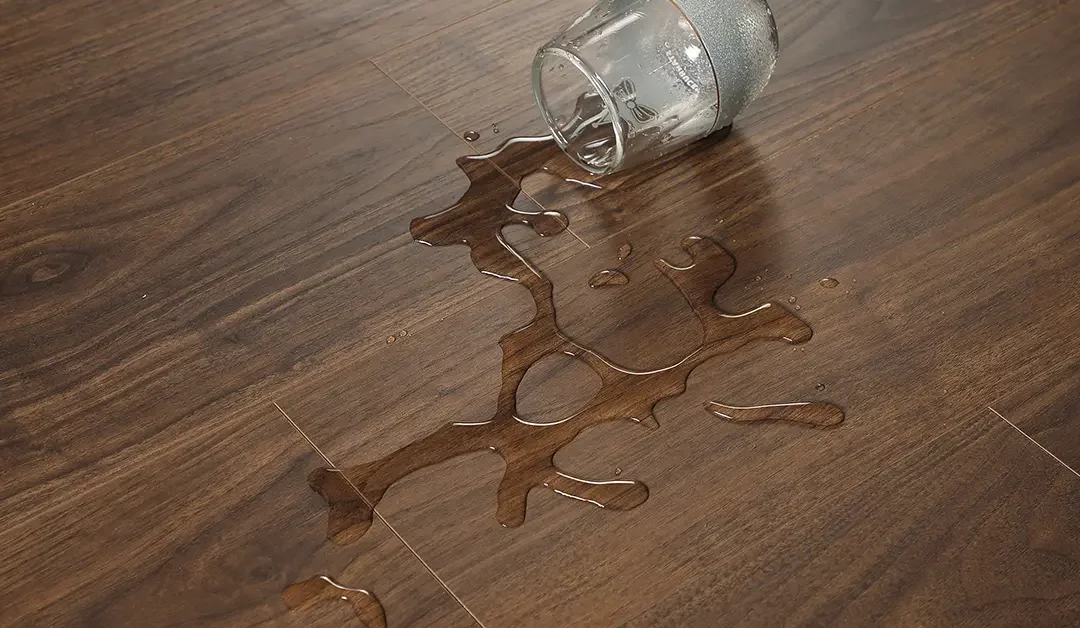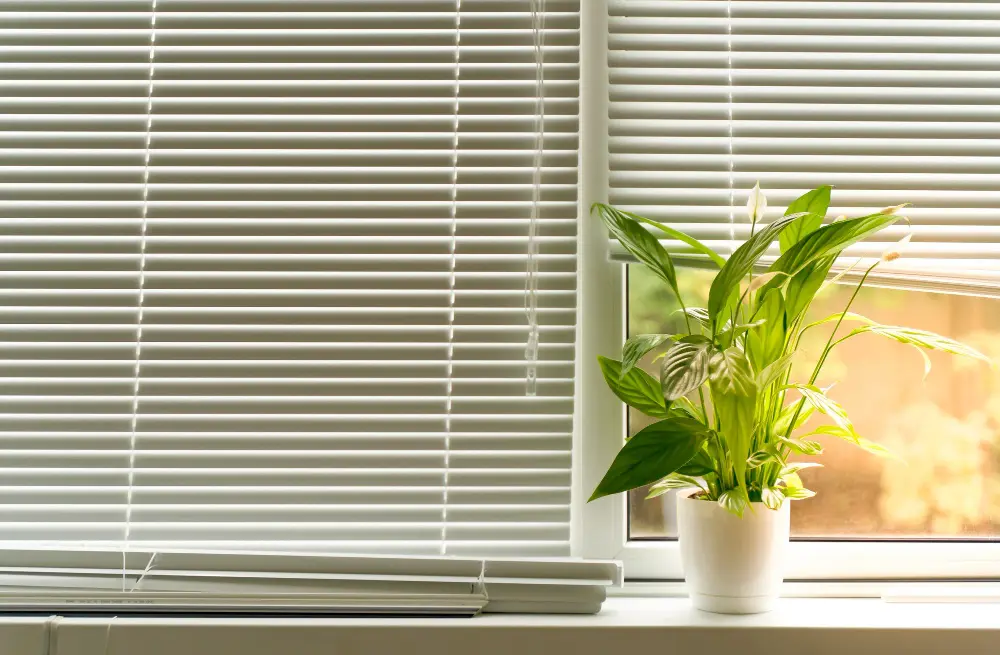Laminate flooring has long been a popular choice for homeowners seeking a cost-effective and aesthetically pleasing flooring solution. However, concerns about indoor air quality and exposure to harmful chemicals have led to an increased demand for Non-Toxic Laminate Flooring. In this comprehensive guide, we will explore the key considerations for choosing non-toxic laminate flooring, the potential health risks associated with traditional laminate options, and highlight specific brands that prioritize environmentally friendly and health-conscious manufacturing practices.
Understanding Non-Toxic Laminate Flooring
Non-toxic laminate flooring refers to flooring materials that are manufactured without the use of harmful chemicals or substances that can off-gas and contribute to indoor air pollution. Traditional laminate flooring often contains volatile organic compounds (VOCs), formaldehyde, and other chemicals that can be released into the air, potentially causing health issues. Non-toxic alternatives prioritize the use of environmentally friendly materials and adhesives, reducing the impact on indoor air quality and overall well-being.
Key Considerations for Non-Toxic Laminate Flooring
1. Formaldehyde-Free Certification:
- Look for laminate flooring products that are certified as formaldehyde-free. Formaldehyde is a common component in adhesives used in traditional laminate flooring and can emit harmful fumes.
2. Low or Zero VOC Content:
- Volatile Organic Compounds (VOCs) are chemicals that can evaporate into the air, leading to indoor air pollution. Choose laminate flooring with low or zero VOC content to minimize exposure to these harmful substances.
3. Environmentally Friendly Core Materials:
- Consider laminate flooring with a core made from environmentally friendly materials such as recycled wood fibers or sustainable wood sources. This reduces the environmental impact of the flooring.
4. Water-Based Finishes:
- Opt for laminate flooring with water-based finishes rather than solvent-based finishes. Water-based finishes release fewer harmful chemicals into the air and contribute to a healthier indoor environment.
5. Flooring Certifications:
- Look for certifications from reputable organizations that focus on environmental and health standards. Certifications such as FloorScore and GREENGUARD indicate that the flooring meets specific indoor air quality and environmental criteria.
6. Recyclability:
- Consider the recyclability of the laminate flooring. Products that are designed for easy disassembly and recycling contribute to a circular economy and reduce overall environmental impact.
7. Manufacturer Transparency:
- Choose brands that prioritize transparency about their manufacturing processes and materials. Manufacturers who openly share information about the sourcing of materials and production methods are often more committed to environmentally conscious practices.
Potential Health Risks of Traditional Laminate Flooring
1. Formaldehyde Emissions:
- Traditional laminate flooring often contains adhesives with formaldehyde, which can off-gas over time, leading to respiratory issues and other health concerns.
2. Volatile Organic Compounds (VOCs):
- VOCs released by certain laminate flooring materials can contribute to indoor air pollution and have been linked to respiratory irritation, headaches, and other health problems.
3. Chemical Sensitivities:
- Individuals with chemical sensitivities may experience adverse reactions to the off-gassing of chemicals from traditional laminate flooring, leading to symptoms such as nausea, dizziness, and fatigue.
4. Environmental Impact:
- Traditional laminate flooring may be manufactured using materials and processes that contribute to deforestation, habitat destruction, and other environmental issues.
Non-Toxic Laminate Flooring Brands to Consider
1. Mohawk RevWood:
- Mohawk’s Rev Wood flooring line is designed to be eco-friendly and features a waterproof core. It is FloorScore certified, ensuring low VOC emissions and high indoor air quality.
2. Pergo TimberCraft + WetProtect:
- Pergo’s TimberCraft + WetProtect line offers water-resistant laminate flooring with a focus on durability. It is certified by FloorScore for low VOC emissions.
3. Shaw Repel Laminate:
- Shaw’s Repel Laminate is known for its water-resistant properties, making it suitable for areas prone to moisture. It is also GREENGUARD Gold certified for low chemical emissions.
4. Armstrong Audacity:
- Armstrong’s Audacity line is waterproof and features a rigid core for added durability. It is FloorScore certified, ensuring compliance with indoor air quality standards.
5. Tarkett ProGen:
- Tarkett’s ProGen flooring is designed to be water-resistant and durable. It is certified by FloorScore for low VOC emissions, contributing to better indoor air quality.
6. Mannington Restoration Collection:
- Mannington’s Restoration Collection offers a variety of laminate options with a focus on environmental sustainability. The company is committed to responsible sourcing and manufacturing practices.
7. Nature’s Impression by Quick-Step:
- Quick-Step’s Nature’s Impression line emphasizes sustainability and features laminate flooring with a water-resistant surface. The company is committed to minimizing its environmental impact.
8. Armstrong Architectural Remnants:
- Armstrong’s Architectural Remnants line offers laminate flooring with a reclaimed wood look. The company emphasizes responsible manufacturing and has received FloorScore certification.
9. Kronotex Amazone Collection:
- Kronotex’s Amazone Collection includes laminate flooring with a focus on durability and environmental responsibility. The company adheres to strict quality and sustainability standards.
10. EcoTimber:
- EcoTimber is known for its commitment to sustainability. The company offers a range of flooring options, including non-toxic laminate, with a focus on environmentally friendly practices.
Tips for Choosing and Installing Non-Toxic Laminate Flooring
1. Verify Certifications:
- Check for certifications such as FloorScore and GREENGUARD to ensure that the laminate flooring meets specific environmental and indoor air quality standards.
2. Read Product Labels:
- Review product labels and documentation to understand the materials used in the laminate flooring and the manufacturing processes involved.
3. Request Samples:
- Request samples of the laminate flooring you are considering. This allows you to assess the appearance, texture, and potential off-gassing of the product.
4. Consider Water-Resistant Options:
- Opt for water-resistant or waterproof laminate flooring in areas prone to moisture, such as kitchens and bathrooms.
5. Follow Installation Guidelines:
- Adhere to the manufacturer’s installation guidelines to ensure the flooring performs as intended. Improper installation can impact both the performance and indoor air quality.
6. Use Non-Toxic Adhesives:
- If adhesive is required during installation, choose non-toxic adhesives that have low VOC content to minimize off-gassing.
7. Proper Ventilation:
- Ensure proper ventilation during and after installation. Ventilate the space well to allow any potential off-gassing to dissipate.
8. Consult with Professionals:
- If in doubt, consult with flooring professionals or environmental experts who can guide you on choosing the most suitable non-toxic laminate flooring for your specific needs.
Conclusion
Choosing non-toxic laminate flooring is a conscientious decision that prioritizes both environmental sustainability and the health of occupants. By understanding the key considerations, and potential health risks of traditional laminate flooring, and exploring reputable brands committed to non-toxic practices, homeowners can make informed choices that contribute to healthier living spaces. Whether you prioritize water-resistant options, recyclability, or certifications such as FloorScore, the market offers a variety of non-toxic laminate flooring solutions to suit your preferences while aligning with eco-friendly and health-conscious principles.



